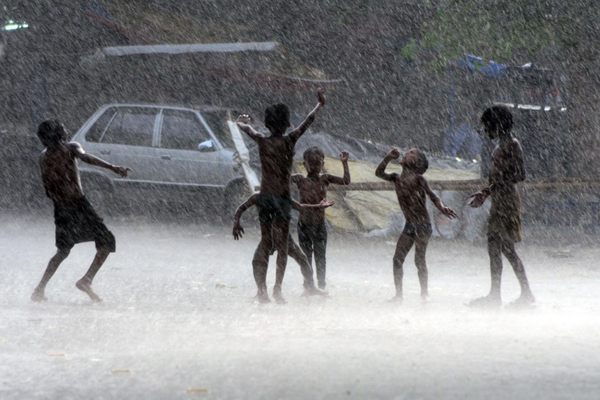After Terror Attacks on Pathankot Air Base, India Considers Censoring Google Maps

Part of the Pathankot Air Force Station, marked as “Pathankot Airport” on Google Earth. (Photo: © 2016 Google/Digital Globe, CNES/Astrium)
Following militant coalition United Jihad Council’s January 2 attacks on the Pathankot Air Force Station in Punjab, the Delhi High Court is looking into concerns over the military base’s visibility on Google Maps.
The High Court’s actions come in response to a petition filed by Lokesh Kumar Sharma, which seeks to “restrain Google from showing, providing and making available maps and images of sensitive installations and defense establishments.”

The petition implies that the attacks may have been informed by the online maps of the airbase, which is located close to the disputed territory of Jammu and Kashmir. It accuses the government of being “absolutely negligent and callous in preventing Google from displaying such maps.” The petition also criticizes a competition run by Google in India called Mapathon. The winner of the open-source map project, Vishal Saini, was the individual who mapped the city of Pathankot, including the Air Force Station.
This is not the first time that Google India’s Mapathon has been in hot water. The contest was investigated in 2013 by India’s Central Bureau of Investigation for publishing images that revealed information about sensitive military locations—Pathankot Air Force Station in particular. Pathankot has come under attack before—during the 1965 Indo-Pakistan war, Pakistan bombed and attacked the airbase with paratroopers.
The Delhi High Court will come to a decision as to whether or not to ask Google to remove the images at the next date of hearing on February 24. In the past, such censorship requests have resulted in Google blurring locations around the world, from a nuclear site to an entire archipelago.










Follow us on Twitter to get the latest on the world's hidden wonders.
Like us on Facebook to get the latest on the world's hidden wonders.
Follow us on Twitter Like us on Facebook